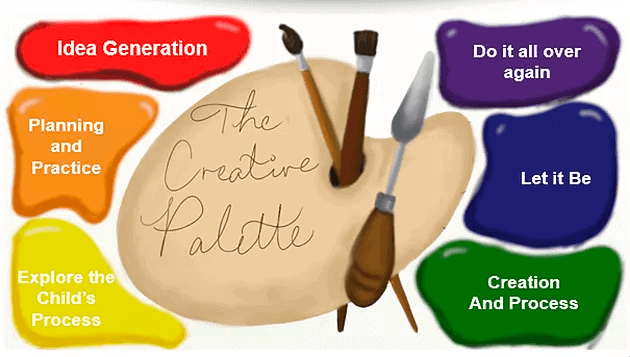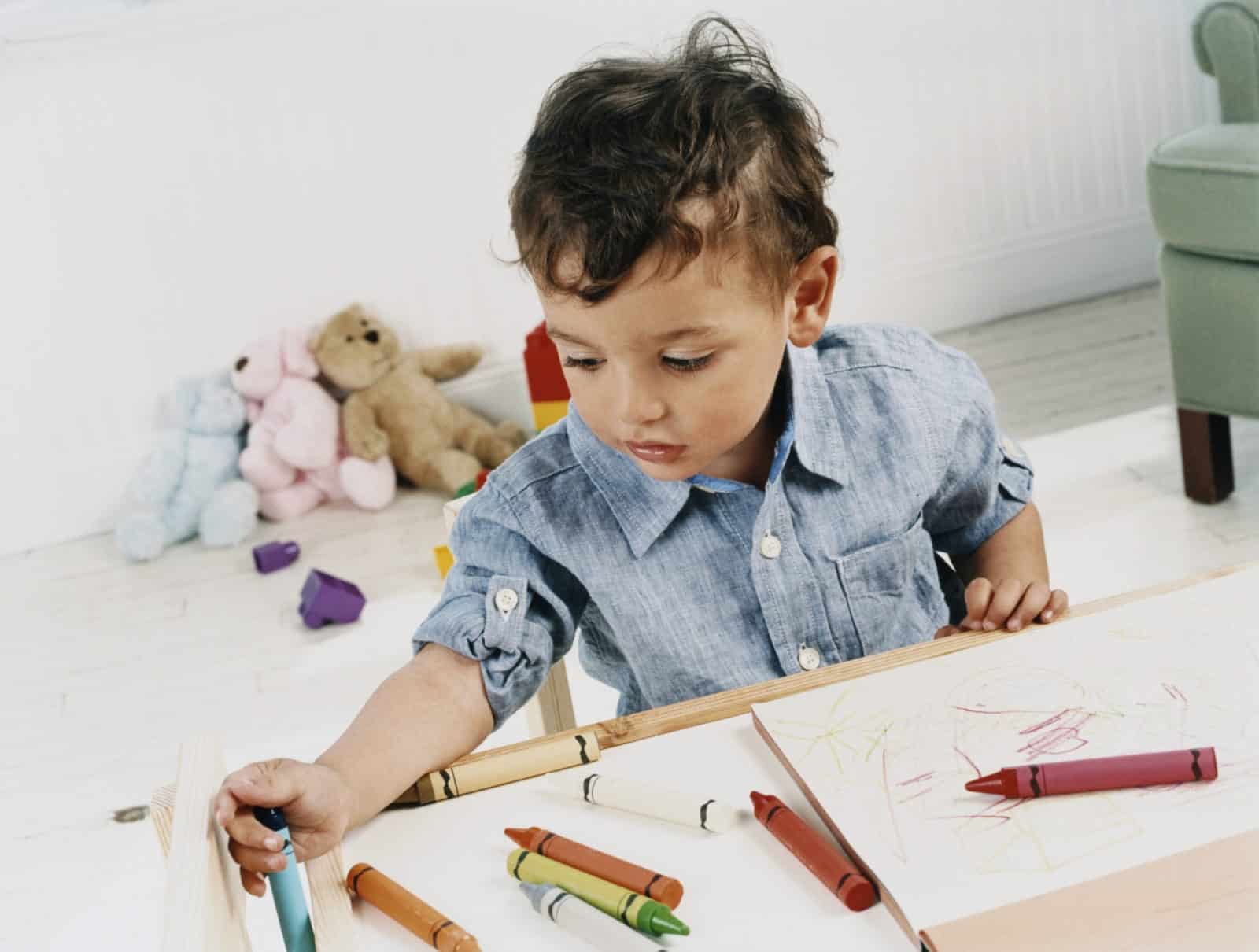In a world where the arts are getting reduced in schools and art clubs are losing funding, is it worth the effort to do arts and crafts at home? After all, if children won’t use it in school, is there a point to spend time and energy to teach art? Here’s why nanny training includes art so childcare providers can provide better care for the children in their care.
Yes! Arts is vital to help children become successful lifelong learners and as well as have a well-rounded, efficient brain to guide them through life.
As they grow, children’s brains develop into strong and creative learners through art, which leads to the innovation and originality that employers often look for when hiring.
Before covering the emotional portion of the brain that is influenced by the arts, it is necessary to understand the importance of creativity in the artistic process. Often, people unknowingly stomp out any chance a child might have at pursuing art by asking for perfect artistic replication. It is important, especially in making art with young children, to realize that to be artistic, they need to be shown creativity. Instead of replication or exactness, let children color outside of the lines, let them create a blue sun, and allow them to sculpt an imperfect sphere. This creativity is the heart of all art.
 Art is a very experimental process and there are no wrong ways to create art, as long as the child feels a connection and designs something in the physical world.
Art is a very experimental process and there are no wrong ways to create art, as long as the child feels a connection and designs something in the physical world.
Children can pursue ideas passionately, making mistakes with colors and different materials, and learn to push through to completion. This is why implementing creativity early in a child’s life is important. By experimenting and being creative, children learn there are many ways to get to a given point and that they can choose and following multiple paths. This is key to fundamental learning because it prepares children to take a risk to see if a new way works out. If children have art, they can learn to work through problem-solving scenarios. In this process, they also learn to handle themselves emotionally.
No matter what age or stage of life, all children have stress, a bad day, or an event that negatively impacts their life.
As their teacher, I noticed several students would come into art class with so much on their mind, it was literally weighing them down to a mental stop. The hurdles in their lives had caused roadblocks they struggled to overcome. After the first month of school though, students would comment on the salvation the arts gave them from the stress of their everyday lives. They were able to get through a class period knowing they could come in and work on their painting. Or, they could go home to stressors knowing they would return to class to continue sculpting. Art allows children to enter a world they can control, and it allows them to recharge their emotional energy. Thus, when children encounter life challenges, art can be an effective way to lower their stress levels.
As we focus on the emotional elements children face, I am often reminded that we live in a world where negativity and tragic news bombards our day, especially on the television and smartphones. These negative images reign hard and heavy on developing brains and can pull even the strongest minded individual down to a sorrowful state of mind. Often, young adults and even grown adults don’t have a means of coping with this negativity. Art provides a healthy, healing means to process or balance the negativity. Having taught art, I have seen the saving powers it has and that has caused me to focus on arts advocacy and the importance of using the arts as a means of healing.
The arts build much more than many people realize in a young, developing mind.
Art gives children risk-taking and problem-solving skills, ownership and control over a project, and creative abilities needed in an ever-growing and changing world. The arts engage children, who learn to see and experience our world in new ways. For more information about the benefits of art, a Children and Art course is available within the Advanced Childcare Certification Program from the US Nanny Institute.
 About the Author. Andrea Sammons is an Art teacher in Georgia. A graduate from Georgia College and State University with a Master of Arts in Teaching and a Bachelor of Art in Studio Art Ceramics, Andrea is also an advocate for art therapy. Andrea is an adjunct faculty member of the Nanny Institute, an organization dedicated to professional training and certification of elite Nannies, Au Pairs, Babysitters, and other childcare providers.
About the Author. Andrea Sammons is an Art teacher in Georgia. A graduate from Georgia College and State University with a Master of Arts in Teaching and a Bachelor of Art in Studio Art Ceramics, Andrea is also an advocate for art therapy. Andrea is an adjunct faculty member of the Nanny Institute, an organization dedicated to professional training and certification of elite Nannies, Au Pairs, Babysitters, and other childcare providers.


Recent Comments